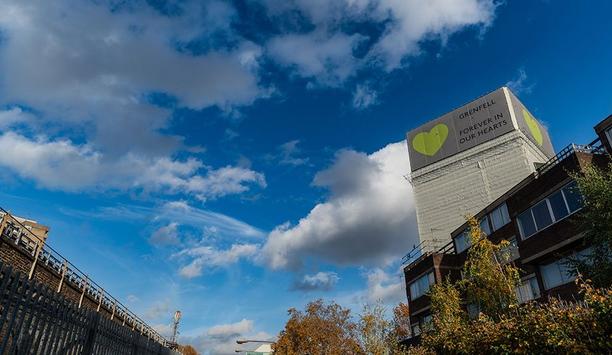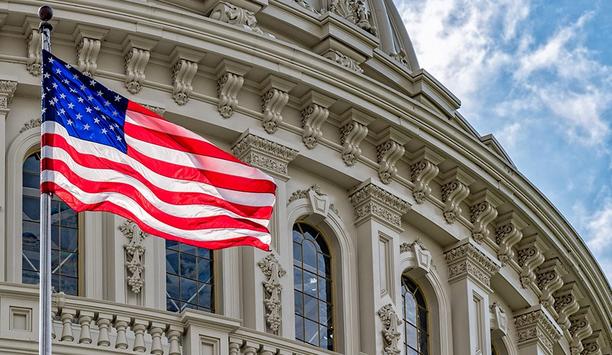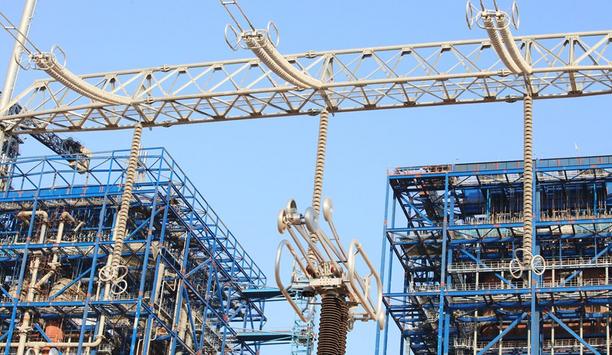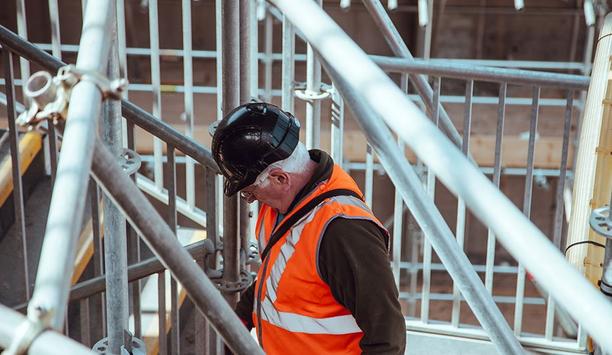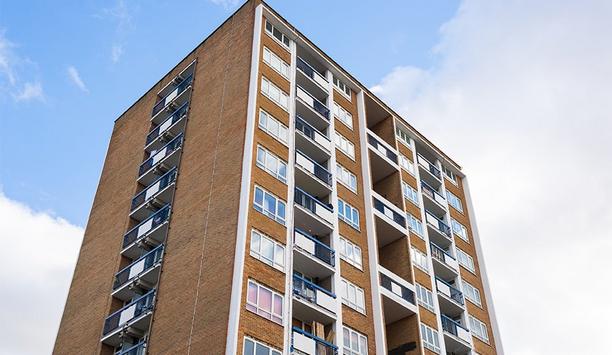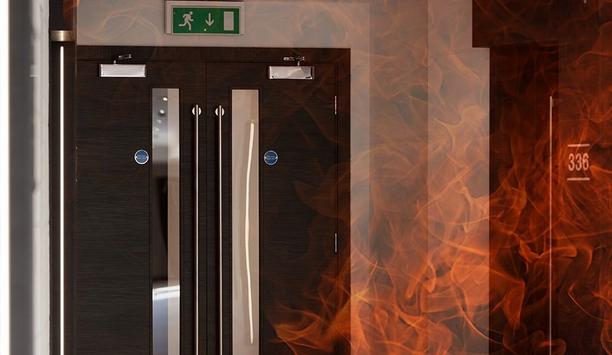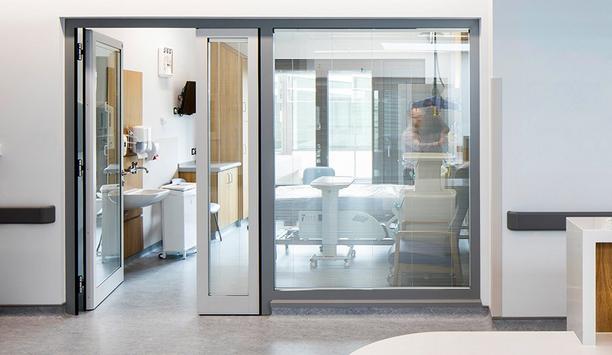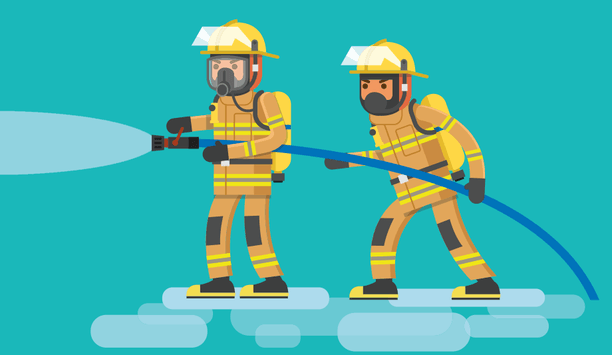Fire Safety Standards - Expert Commentary
Mathew Baxter is the Founder and CEO of the echelon group with responsibility for the management of echelon Consultancy, Pretium Frameworks and echelon Improvement Partnerships. Mathew has spent most of his working life in the construction sector. The devastating Grenfell Tower fire has prompted what the government has referred to as ‘the biggest change in building safety for a generation’. So what do the Building Safety and the Fire Safety Bills mean in terms of emergent legislatio...
On Wednesday 3rd March the UK Chancellor of the Exchequer, Rishi Sunak, delivered the Spring 2021 budget to the House of Commons. In this, Sunak outlined how the Government would be rebuilding the economy and continuing to financially support its citizens as the country gradually returned to a sense of normal after COVID-19 restrictions. Highly anticipated announcements Despite several leaks to the press, the Chancellor’s announcement was highly anticipated by many industries, businesse...
Mental health wellness is a requirement for firefighters and emergency medical responders. Seeking to address the need is the Helping Emergency Responders Overcome (HERO) Act proposed by the International Association of Fire Fighters (IAFF). In the current 117th Congress, a bipartisan group of 31 legislators led by Rep. Ami Bera (D-Calif.) and Brian Fitzpatrick (R-Pa.) reintroduced the HERO Act into the House of Representatives. The proposal had previously been passed in the House but not in th...
The risk of fire is thankfully not an immediate threat in most people’s everyday lives. But this has led to a nonchalant attitude where many fail to appreciate the true dangers posed by a fire situation. The pandemic has served to make matters even more complex, and has pushed fire safety on the back burner as facility managers (FMs) turn their attention to COVID-proofing the workplace. Safety at work is now more of a focus than it has ever been, but the race to ensure we can return to wo...
We at AEI Cables have sent out a message to the supply chain highlighting the need to use only approved cabling in critical signal and control equipment following the announcement of a revized version of the Code of Practice covering these areas of performance. In an open letter to customers, industry bodies and organizations, we are highlighting how the systems powered by these cables –including smoke and heat extraction systems–are critical in assisting fire services in the case o...
The Grenfell tragedy has shocked the public and rocked the construction industry. The ongoing inquiry into the 2017 tower block fire has exposed huge flaws in existing practices across architecture, material specification, and building projects. It is also reinforcing the critical importance of fire protection. It took Grenfell, and admittedly the many years that have followed, for the industry to fully reappraise the product selection and testing regimes needed to ensure resident safety in bui...
As Grenfell remains a chilling reminder of the importance of fire safety in construction, new digital methods are now being adopted to guarantee the safety of end users. But how is digitization helping and how will this further advance fire safety during the wider construction process? There’s no doubt that the past five years have had a profound effect on the construction industry. Events such as the 2017 Grenfell Tower fire disaster have forced the industry to sit-up and rethink the pro...
Businesses operating within the waste industry are susceptible to a wide range of fire risks. Storage of combustible materials, the ongoing use of industrial vehicles and waste’s natural ability to rise in temperature all add to these risks. The sector’s safety has improved over recent years, with the Environment Agency (EA) making Fire Prevention Plans (FPPs) mandatory for every waste and recycling site. However, there’s still a way to go to ensure maximum safety - and insurer...
Innovation in the fire protection industry can oftentimes be slow to move forward, particularly when compared to other similar industries. This is because legislation, regulation, and enforcement, while all necessary proponents within the sector, can often slow the tide of revolutionary ideas. However, the ability to innovate in this industry can quite literally be a matter of life and death. The developing intricacies of modern infrastructure and the demand for more sustainable solutions must...
Since the Grenfell tower tragedy in 2017, residential high-rise fire safety has become a top priority for tower block building managers. If a high-rise building is found to contain combustible cladding, then the standard ‘stay put’ policy is no longer considered safe, and instead a temporary ‘simultaneous evacuation’ strategy must be put in place until the cladding issue is resolved. Currently a Waking Watch protocol is the preferred option for ensuring resident’s...
With Grenfell inquiries continuing to uncover a number of fire safety issues, it’s clear that decision makers must learn from critical mistakes in a bid for better fire safety standards. Karen Trigg of Allegion UK highlights the key lessons that must be taken from Grenfell to help ensure a disaster of this magnitude never happens again. On the 14th June 2017, UK witnessed a tragedy. A myriad of critical issues, whether the result of mistakes, oversights or neglect, led to the largest fire...
From a 48-storey fire in the UAE, to a 200-firefighter-strong blaze at student accommodation in the UK, several high-profile, high-rise fires continue to keep the focus of utilities, regulators, developers, and public associations everywhere on actively seeking ways to reduce the risk of fire with innovative materials. Statistics show that the majority of fire related fatalities occur in a domestic setting between the hours of 10 pm and 6 am. Protecting high-rise residential buildings from fire...
There are many daily risks faced by buildings and their managers, with electrical fires being one of the most common and dangerous. Commercial fires impact occupant health, property and the business itself – with 25% of businesses who suffer a fire never reopening. Given the often-unpredictable nature of electrical fires, businesses must invest in the latest technologies to prevent irreparable damage. It is the responsibility of the consultant engineer to show le...
Due to the nature of their design and uses, tunnels have particularly unique fire risks, and any fire can spread quickly, risking damage to assets or injuries to teams. Mining, cable and communication tunnels are subject to significantly high risks, as they utilize heavy-duty machinery, flammable materials and cables, which are all subject to the production of excess heat. Here we discuss the prevalent fire risks in tunnels and explain how businesses operating within them can assess and mitigat...
Only approved cabling should be used in critical signal and control equipment in the event of a real fire - and the announcement of a revized version of the Code of Practice covering these areas of performance clarifies the detail. The equipment served by these cables - including smoke and heat extraction systems - assists fire services in the case of firefighting and a safe evacuation in the case of life safety. fire performance cables As the only supplier in the UK with independent approval...
In the years since the Grenfell Tower tragedy of 2017, all eyes have been on fire regulations, which have come under increased scrutiny – and it’s easy to see why. Even after the disaster, businesses across the UK are still lagging behind on mandatory fire safety regulations. It seems that regulatory change has not brought about the desired outcome at most organizations. With all 53 recommendations of the Hackitt Review set to come into effect this year, many a...
As fire safety continues to make the headlines, Karen Trigg of Allegion UK outlines the importance of hardware selection and reminds decision makers of how routine checks can save lives. Door hardware plays a role in the operational integrity of a building, and more crucially, is a key element of a facility’s fire safety and security. Putting fire safety measures at risk Fire doors, and their accompanying hardware in particular, require special attention from facility managers and insta...
Last year saw a 14 per cent increase in fires in England, according to UK Home Office statistics. And while around three million fire doors are installed in the UK every year, a lack of understanding during operation, maintenance and management of fire doors is still apparent. In this article, David Hindle, Head of Door Closer Sales at ASSA ABLOY Opening Solutions UK & Ireland, will address this issue. Importance of fire doors Fire doors are often the first line of defense in a fire, yet e...
With many businesses and facilities re-opening sites following the Coronavirus lockdown, fire safety may not seem high on the list to other worries and responsibilities. But here, Mandy Bowden, Fire Business Development Manager at Comelit Group UK, led by fire industry bodies, demonstrates why it must be a priority, ensuring installation of systems is guided by best practice in accordance with the development, and fire safety measures are maintained and regularly tested to ensure compliance. Fi...
2020 introduced a variety of unique challenges for many industries around the world. Not surprisingly, the fire detection industry was not immune to all of those challenges. However, as much of the global community defined our manufacturing and installing peers as “essential” or “critical” it required us, as an industry, to adapt so we could continue to service our customers with our products and services. Many regions around the world are experiencing significant deman...
The fire industry has made it absolutely clear, led by authorized bodies including the BAFE Fire Safety Register, that the current pandemic does not remove the need to comply with any fire safety requirements under the Building Regulations. As we now look beyond the lockdown period, John Allam, Operations Director at Amthal Fire and Security reviews the raft of new proposals demonstrating the Government and industry’s commitment to compliant fire safety and new immediate demands placed on...
New government legislation due to come into force in the United Kingdom on July 1st will require electrical installations in privately rented properties to be tested and inspected at least once every 5 years. The Electrical Safety Standards in the Private Rented Sector Regulations (2020) will require landlords to enlist qualified electricians to complete inspections and provide certification to tenants – or face fines of up to £30,000. While the risk of fire can never be entire...
The effective provision and management of on-site fire safety, prevention, response and protection is a core responsibility of operators of hazardous high-risk critical infrastructure and industrial manufacturing facilities around the world. Such services are typically found at airports, refineries and petrochemical plants, power stations and nuclear facilities, mines, manufacturing sites and port facilities. Driven by legislative requirements and international fire safety standards, many organ...
Those responsible for the specification of products which go into new modern buildings have been asking for safe, approved cabling, which play a critical part in electrical supply systems. The number of fires in high-rise buildings in Europe and the Middle East have brought the issue of quality of products for fire performance circuits into sharp focus, not least the Grenfell disaster. Meanwhile, new buildings become increasingly complex, with the use of new materials and the designs of many r...
Water is key to any firefighting operation. Being able to secure an adequate water supply is critical a critical skill for all fire departments. One of the most challenging scenarios to secure a water supply in is when there is no municipal water supply, or it is lacking in volume and flow. When fires occur in these areas, the only alternative is to shuttle water from the nearest municipal supply or a static body of water. To get the highest flow possible, departments must train on shuttle set...
Firefighting is hot, hazardous, and let's face it, grueling work. But believe it or not, the job today has become even more challenging as firefighters must deal with increased heat loads, toxic substances and other physical challenges that make structural firefighting one of the most demanding professions on the planet. So, needless to say, being well-trained, physically fit, and safely equipped can make all the difference in the world. Evolving Technology The fact is, as heat loads and toxic...
Products for electrical systems that are installed into modern, complex buildings have to be fit-for-purpose for today’s challenging demands. With the background of numerous incidents still being felt by the fire performance industry, how is it to set the benchmarks for the future to make sure there is never another Lakanal House or another Grenfell? The long-term answer is for clearer guidance and legislation, if necessary, to enable the whole supply chain to make decisions which are com...
The continuity of power in the event of a real fire has never been more important as modern buildings become more complex and the need for the highest quality of products comes under the spotlight. With power for lighting and fire alarms, the fire and rescue services can use the intelligence gathered to evacuate people quickly, confident that they have found all the people in the building. Without power, they are literally scrambling in the dark without good information upon which to make thei...
The era of “smart buildings” is here, bringing new opportunities for significant gains in efficiency, safety and environmental protection. In an interview, Rodger Reiswig, director of industry relations at Johnson Controls Global Fire Protection Products, offers his insights into the impact of smart buildings on fire detection and what it means for organisations planning new facilities. Q: How do you define smart buildings? The term “smart buildings” means different thi...
A number of shocking incidents involving fire have highlighted the need to better manage risks in buildings. David Adkins, managing director at Risk Warden, explains why some organisations need to give compliance with statutory regulations more focus and how the use of state-of-the-art online risk assessment tools can help to ensure that a building is as safe as possible. The Grenfell Tower disaster in London, in which 72 people lost their lives, brought the subject of fire safety into sharp fo...
The New Future For Fire Agencies
DownloadThe Eight Key Trends in Fire Detection in 2023
DownloadA Digital Platform to Improve Fire Safety Compliance and Inspections
DownloadOvercoming the Challenges of Fire Safety in the Paper Industry
DownloadCarbon Monoxide: Creeping Killer Caught In The Act
Download